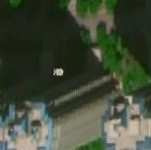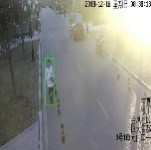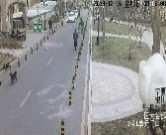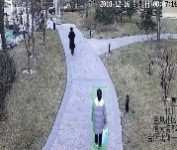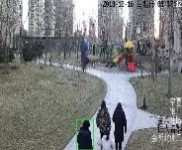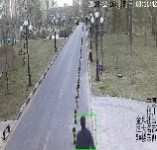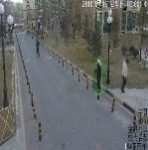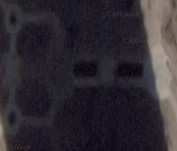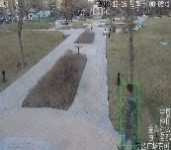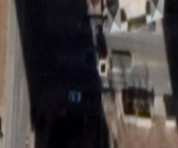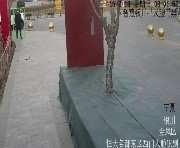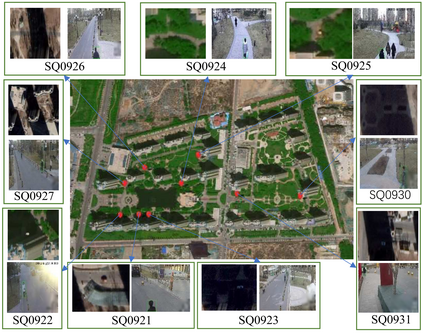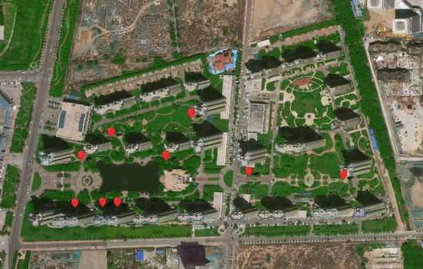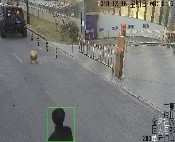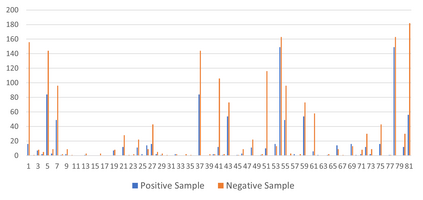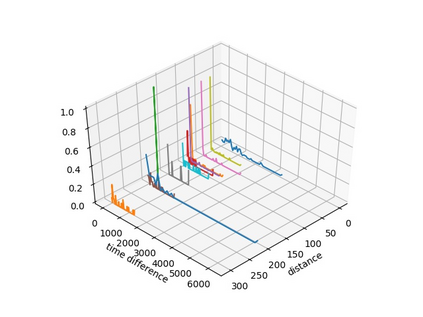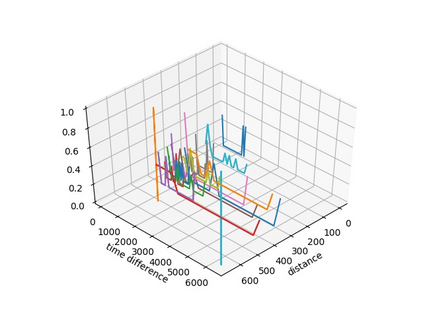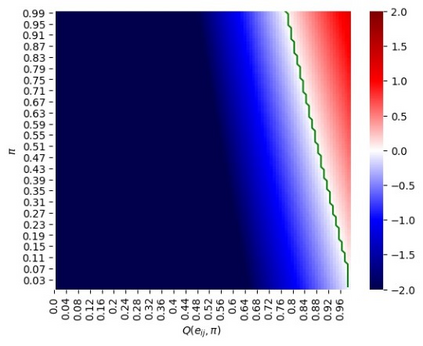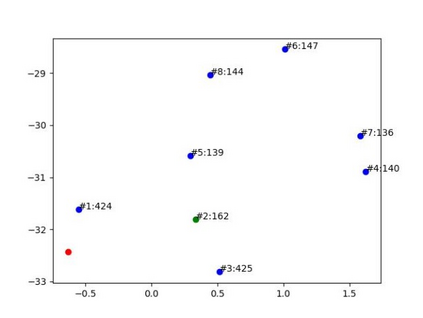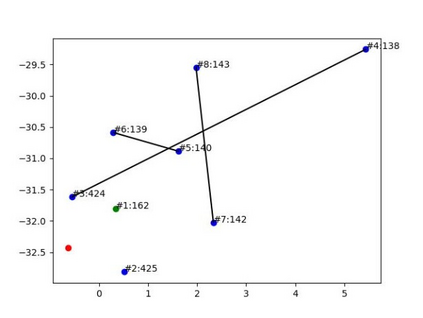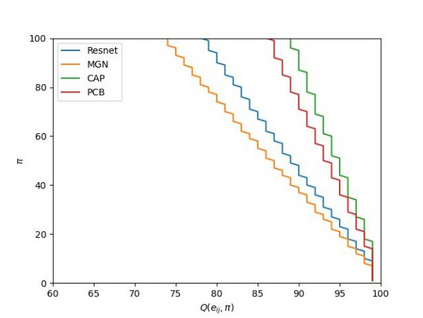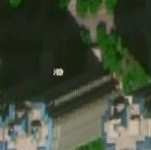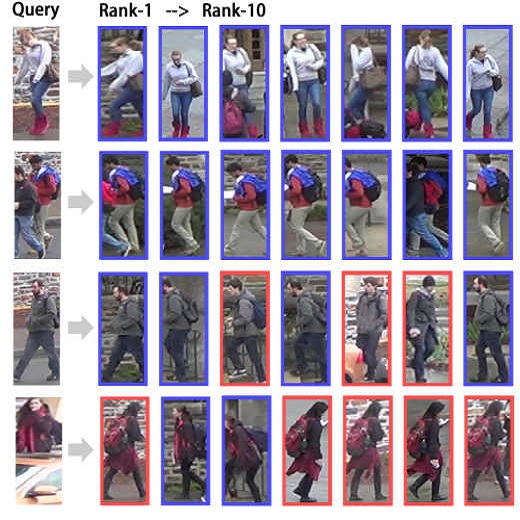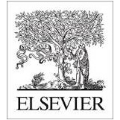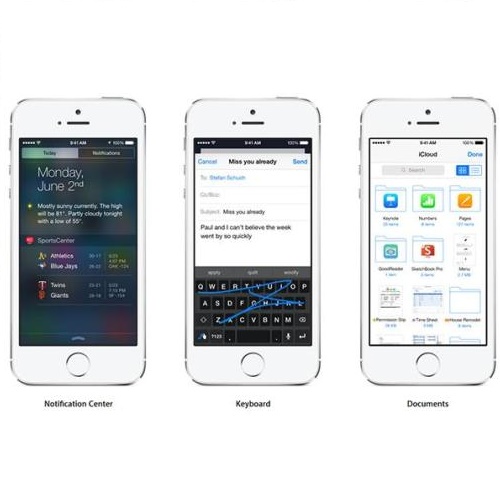We are concerned about retrieving a query person from the videos taken by a non-overlapping camera network. Existing methods often rely on pure visual matching or consider temporal constraint, but ignore the spatial information of the camera network. To address this problem, we propose a framework of person retrieval based on cross-camera trajectory generation which integrates both temporal and spatial information. To obtain the pedestrian trajectories, we propose a new cross-camera spatio-temporal model that integrates the walking habits of pedestrians and the path layout between cameras, forming a joint probability distribution. Such a spatio-temporal model among a camera network can be specified using sparsely sampled pedestrian data. Based on the spatio-temporal model, the cross-camera trajectories of a specific pedestrian can be extracted by the conditional random field model, and further optimized by the restricted nonnegative matrix factorization. Finally, a trajectory re-ranking technology is proposed to improve the person retrieval results. To verify the effectiveness of our approach, we build the first dataset of cross-camera pedestrian trajectories over an actual monitoring scenario, namely the Person Trajectory Dataset. Extensive experiments have verified the effectiveness and robustness of the proposed method.
翻译:我们担心的是从非重叠相机网络拍摄的视频中检索询问人。 现有方法往往依靠纯视觉匹配或考虑时间限制, 但却忽视相机网络的空间信息。 为了解决这个问题, 我们提议了一个基于跨相机轨道生成的框架, 将时间和空间信息结合起来。 为了获得行人轨迹, 我们提议一个新的跨相机空间时空模型, 将行人行走习惯和相机之间的路径布局结合起来, 形成联合概率分布 。 这样的相机网络间时空模型可以使用稀少的抽样行人数据来指定 。 根据空间时空模型, 特定行人跨镜头轨迹可以通过有条件随机模型提取, 并且通过限制的非负偏差矩阵因子化进一步优化 。 最后, 提议了一种轨迹重新排序技术来改进人行人行人行走习惯和相机之间的路径布局, 核查我们的方法的有效性, 我们建立了第一个跨相机行人行人行车轨迹的数据集模型, 是对数据有效性的可靠测试, 即对数据有效性的正确性假设。

